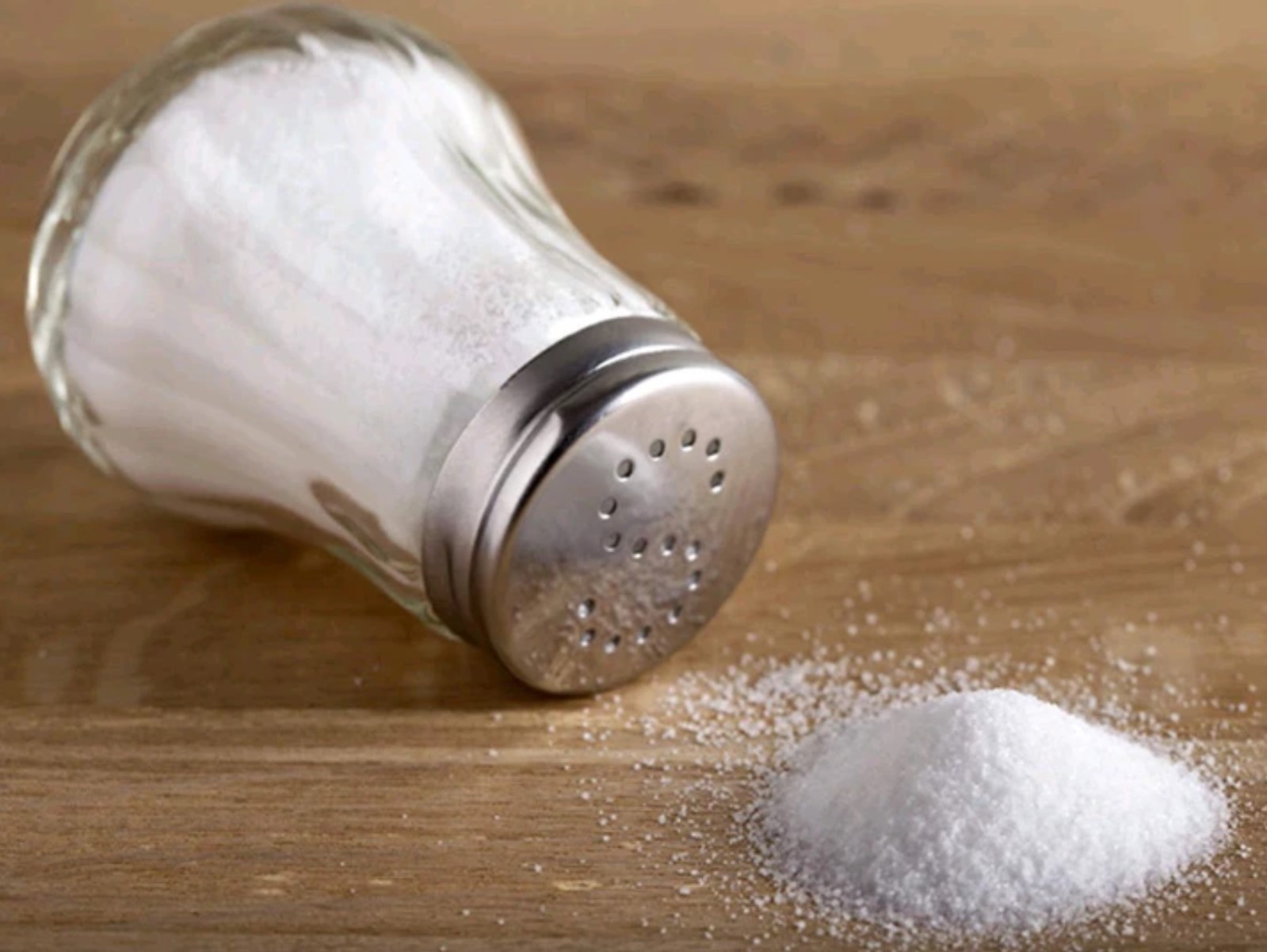6 Best Diet Plans for Weight Loss
Choosing the right diet plan can be crucial for successful weight loss. Here are six of the best diet plans, each with a unique approach to help you shed pounds and maintain a healthier lifestyle…Click Here To Continue Reading>> …Click Here To Continue Reading>>
1.Mediterranean Diet
The Mediterranean diet is inspired by the eating habits of countries bordering the Mediterranean Sea. This diet emphasizes fruits, vegetables, whole grains, legumes, nuts, seeds, and olive oil. Fish and poultry are the primary sources of protein, while red meat is limited.
Benefits:
– Heart-healthy due to high levels of healthy fats and antioxidants
– Sustainable and flexible, focusing on whole foods
– Associated with lower risks of chronic diseases
Sample Meal:
– Breakfast: Greek yogurt with honey and fresh berries
– Lunch: Quinoa salad with chickpeas, cherry tomatoes, cucumber, and feta cheese
– Dinner: Grilled salmon with a side of roasted vegetables
2.Ketogenic Diet
The ketogenic (keto) diet is a high-fat, moderate-protein, low-carbohydrate diet. By drastically reducing carbs and replacing them with fat, your body enters a state of ketosis, burning fat for fuel instead of carbohydrates.
Benefits:
– Rapid weight loss due to fat burning
– May improve insulin sensitivity and lower blood sugar levels
– Reduces hunger and appetite
Sample Meal:
– Breakfast: Scrambled eggs with avocado and spinach
– Lunch: Cobb salad with chicken, bacon, egg, avocado, and blue cheese
– Dinner: Beef stir-fry with broccoli and mushrooms
3.Intermittent Fasting
Intermittent fasting (IF) involves cycling between periods of eating and fasting. Common methods include the 16/8 method (16 hours of fasting and an 8-hour eating window) and the 5:2 method (eating normally for five days and restricting calories to 500-600 for two days).
Benefits:
– Simplicity and flexibility
– Promotes fat loss while preserving muscle mass
– Potential for improved metabolic health
Sample Schedule:
– 16/8 Method: Fast from 8 PM to 12 PM the next day, then eat from 12 PM to 8 PM
4.Paleo Diet
The paleo diet focuses on consuming foods that our ancestors would have eaten during the Paleolithic era. This includes lean meats, fish, fruits, vegetables, nuts, and seeds, while excluding processed foods, grains, dairy, and legumes.
Benefits: READ FULL STORY HERE>>>CLICK HERE TO CONTINUE READING>>>
– Emphasizes whole, unprocessed foods
– High in protein and fiber, promoting satiety
– May reduce inflammation and improve gut health
Sample Meal:
– Breakfast: Smoothie with almond milk, spinach, banana, and almond butter
– Lunch: Grilled chicken with a side of mixed greens and avocado
– Dinner: Baked sweet potato with a serving of roasted vegetables and grilled steak
5.Plant-Based Diet
A plant-based diet prioritizes whole plant foods like fruits, vegetables, whole grains, legumes, nuts, and seeds, while minimizing or eliminating animal products. This diet can range from vegetarian to vegan.
Benefits:
– High in fiber and nutrients
– Lower in calories and fat
– Associated with lower risks of heart disease and certain cancers
Sample Meal:
– Breakfast: Oatmeal topped with berries and chia seeds
– Lunch: Lentil soup with a side of whole-grain bread
– Dinner: Stir-fried tofu with broccoli, bell peppers, and quinoa
6.WW (Weight Watchers)
WW, formerly known as Weight Watchers, is a points-based system that assigns a point value to foods based on their nutritional content. Participants have a daily points budget and are encouraged to choose foods that are low in points but high in nutritional value.
Benefits:
– Flexibility to eat any food within points limits
– Supportive community and resources
– Encourages long-term, sustainable weight loss
Sample Meal:
– Breakfast: Greek yogurt with a handful of almonds
– Lunch: Turkey sandwich with whole-grain bread, lettuce, and tomato
– Dinner: Grilled chicken breast with a side of steamed vegetables and brown rice
Conclusion
When selecting a diet plan for weight loss, it’s essential to choose one that fits your lifestyle, preferences, and health goals. Each of these six diet plans offers unique benefits and approaches to help you achieve and maintain a healthy weight. Always consult with a healthcare professional before starting any new diet regimen to ensure it aligns with your individual health needs.


 SPORTS10 months ago
SPORTS10 months ago
 METRO11 months ago
METRO11 months ago
 IN-THE-NEWS6 months ago
IN-THE-NEWS6 months ago
 METRO10 months ago
METRO10 months ago
 IN-THE-NEWS10 months ago
IN-THE-NEWS10 months ago
 POLITICS11 months ago
POLITICS11 months ago
 IN-THE-NEWS6 months ago
IN-THE-NEWS6 months ago
 METRO10 months ago
METRO10 months ago


